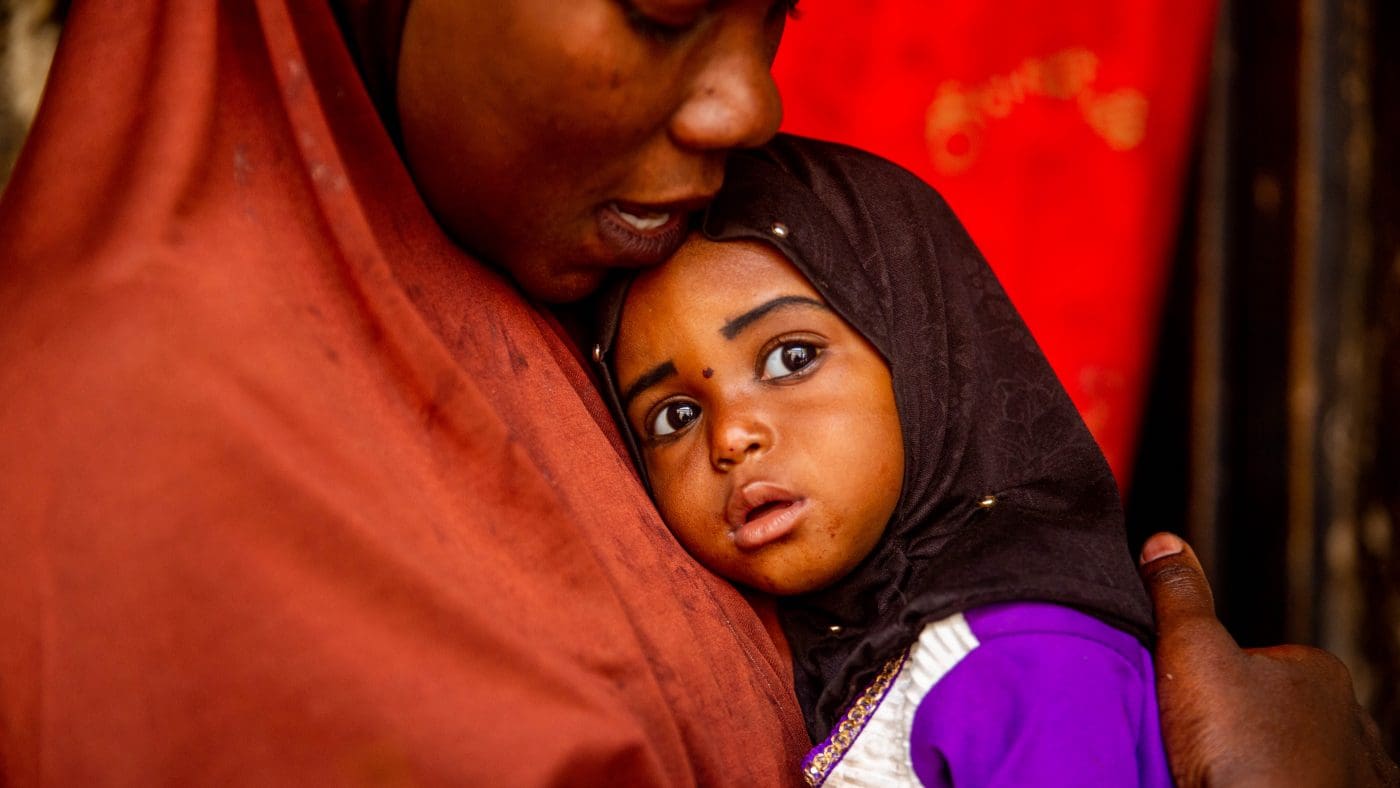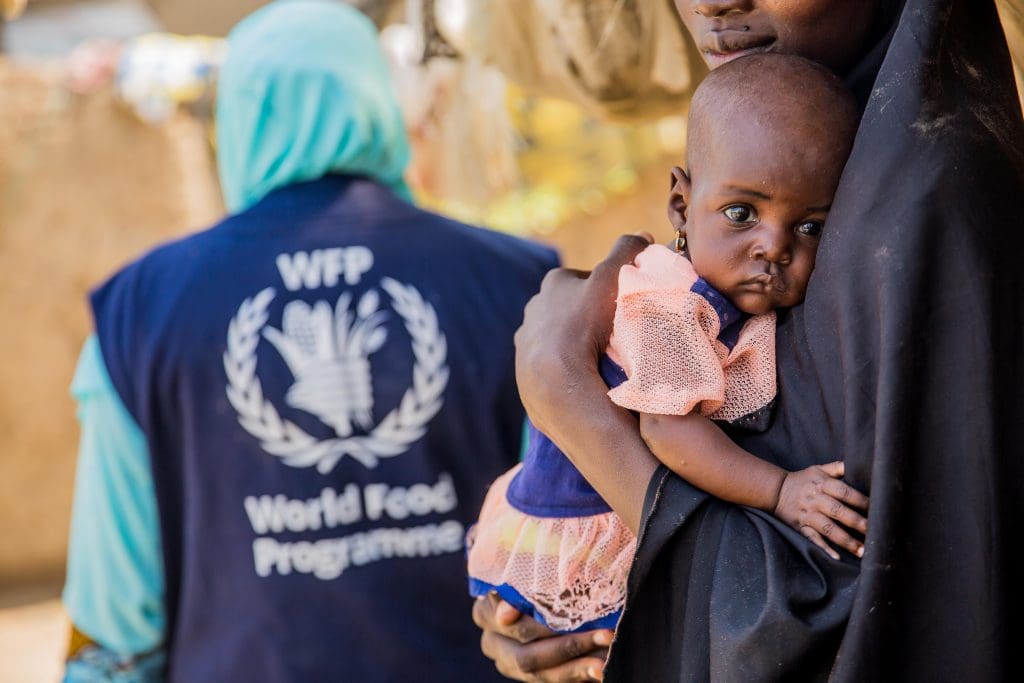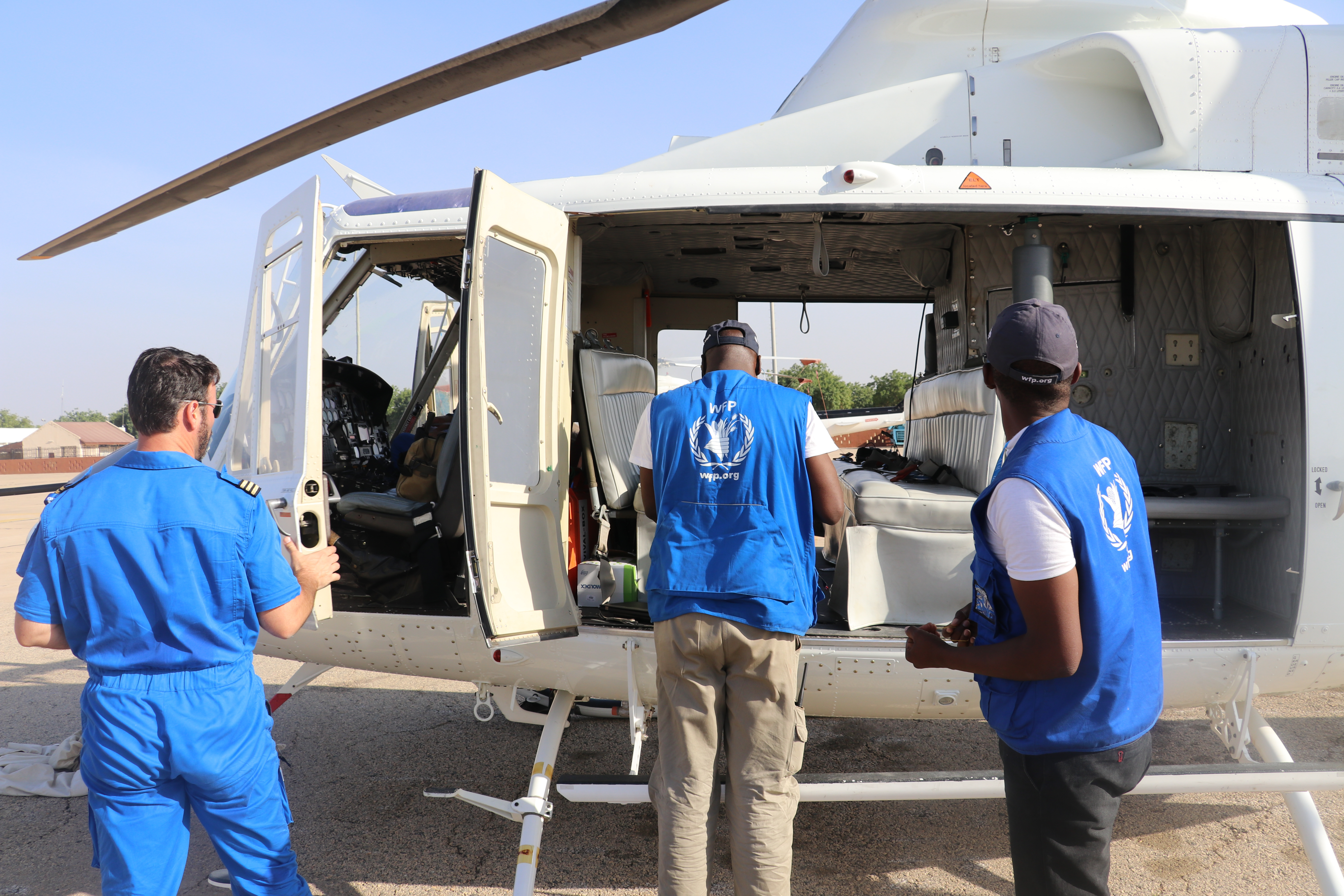
Nigeria
Violence & Climate Shocks
Poverty, conflict and climate shocks are driving over 25 million people in Nigeria into acute levels of hunger.
14 Years of conflict
In northeast Nigeria, conflict has displaced 2.2 million people from their homes and pushed over 4 million people into severe levels of hunger. Attacks by armed groups have forced people from their homes and hampered humanitarian access.
Triple Threats: Conflict, Insecurity and Coronavirus

April 2020
With 665 confirmed cases of coronavirus, conflict is again driving hunger at a menacing pace in Nigeria’s northeast. An upsurge in violence – with renewed attacks by armed groups and counter-insurgency operations by the military – has resulted in a fresh wave of displacement, cutting off access to farming lands essential for food and livelihoods.
Photo: WFP/Giulio d'Adamo
Jan 2017
WFP scales up its response in northeast Nigeria, reaching 1 million people in need.

Aug 2016
WFP activates a Level 3 food emergency, its most serious crisis designation.

July 2014
The Boko Haram Insurgency begins causing families to flee the violence.




With over 200 million people, Nigeria is the most populated country in Africa and the seventh in the world.
- 2m childrenin the northeast are malnourished
- 26.5m peoplecould face severe hunger this year
- 1.1m peoplerely on WFP for food every month

Meeting the Challenge
The United Nations World Food Programme (WFP) uses smart, innovative solutions to support Nigerian families across the region. These innovations include livelihood programs, SCOPE registration, truck convoys and UNHAS.

WFP provides Nigerian communities with high-quality, locally-sourced seeds, bolstering families’ food stores throughout the lean season. WFP will also provide cash transfers, tools, and vocational training to communities in need.


This blockchain technology helps WFP collect names, fingerprints and photos when registering refugees. The SCOPE process reduces loss and theft while allowing WFP to better monitor and evaluate food distributions.


Managed by WFP, the United Nations Humanitarian Air Service (UNHAS) helps transport aid workers – as well as vaccines, medicine and medical equipment to areas not easily reachable by land or sea – to families in crisis.

Help us realize a future beyond emergency assistance where our help is no longer needed.
Let’s build people’s knowledge, skills and resilience. Let’s invest in economic opportunities and sustainable food systems so that all Nigerian families can get the nutrition they need to reach their full potential.